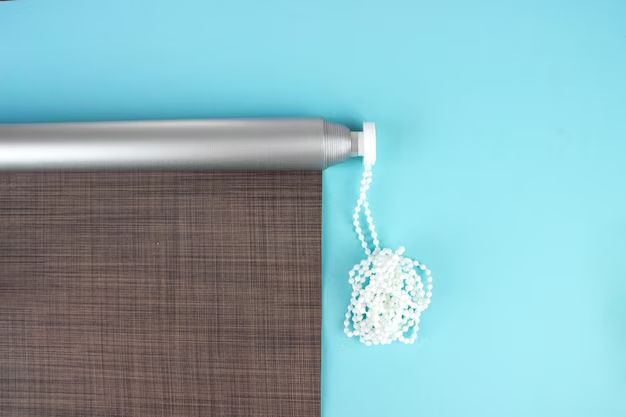Roller shades can be an effective way to block heat from entering your home during hot summer months. The ability of a roller shade to block heat depends on several factors:
Page Contents
Type of Fabric
The type of fabric used for the roller shade will impact its heat blocking abilities. Fabrics like vinyl, acrylic, polyester, and fiberglass provide the most heat protection. These materials reflect sunlight and UV rays rather than absorbing them into the home. Lighter fabrics like cotton allow more heat to pass through.
Weave and Density
A tightly woven, dense fabric will block more heat than a loose weave. Fabrics with a tighter weave have less space between the threads for heat and light to pass through. Roller shades made from materials like vinyl, acrylic, or fiberglass often have a tight weave and high density for maximum heat protection.
Color
The color of the roller shade also matters when blocking heat. Light colors reflect more sunlight, while darker colors absorb heat. White or light colored shades will keep more heat out during summer. Dark colors like black will actually absorb and radiate more heat into the home.
Lining
Lined roller shades provide additional heat protection. A white backing or foil lining on the backside of the shade can further reflect sunlight and heat. Unlined shades allow more heat to pass through from behind. Roller shades with blackout linings provide the most heat blocking capabilities.
Multiple Layers
Layering two roller shades provides better insulation from heat than a single shade. The air gap between the two shades acts as insulation to reduce heat transfer. For maximum heat protection, use a light colored exterior shade to reflect sunlight paired with a blackout-lined interior shade.
Size of Roller Shade
Larger roller shades will block more heat than smaller shades. Having a shade sized to completely cover the window prevents heat and light from entering around the edges. Smaller shades that don’t fully cover the window area will be less effective at blocking heat.
Window Type
The type of window also impacts the heat blocking ability of a roller shade. Shades on standard single-pane windows reduce more heat than shades over more energy efficient double-pane or Low-E coated windows. Windows that already have a high R-value require less help from a shade.
Conclusion
Roller shades can be an effective way to reduce heat transfer through windows when selected carefully. Opt for tightly woven, dense fabrics in light colors with backing or multilayer shades to maximize heat protection. When properly designed, high quality roller shades can reduce heat gain by over 80% and cut air conditioning costs.
